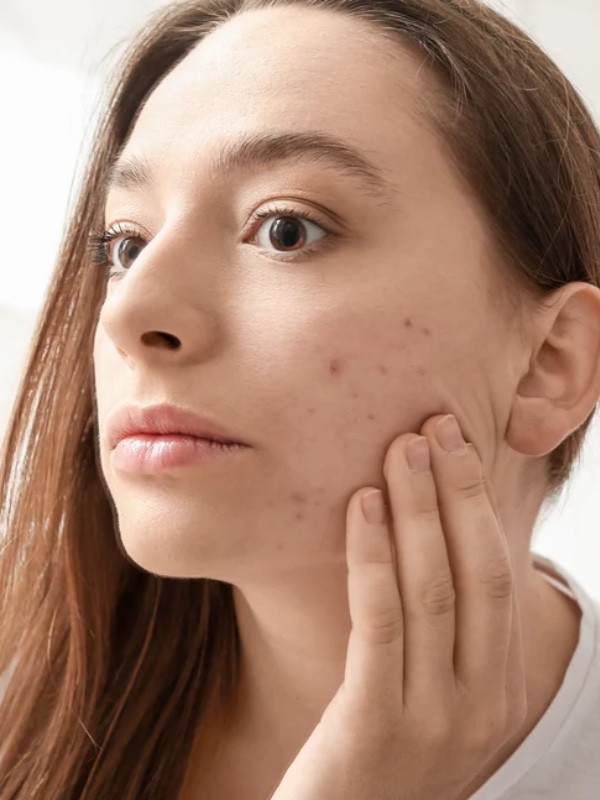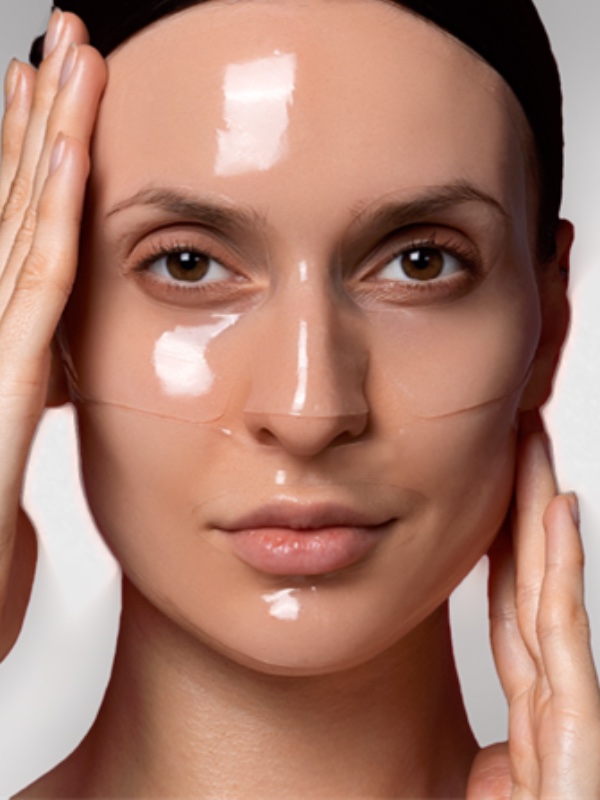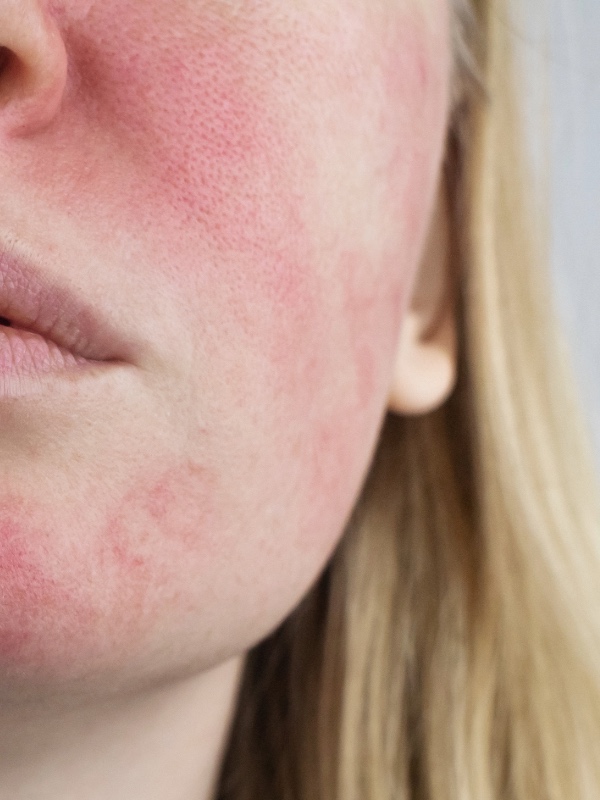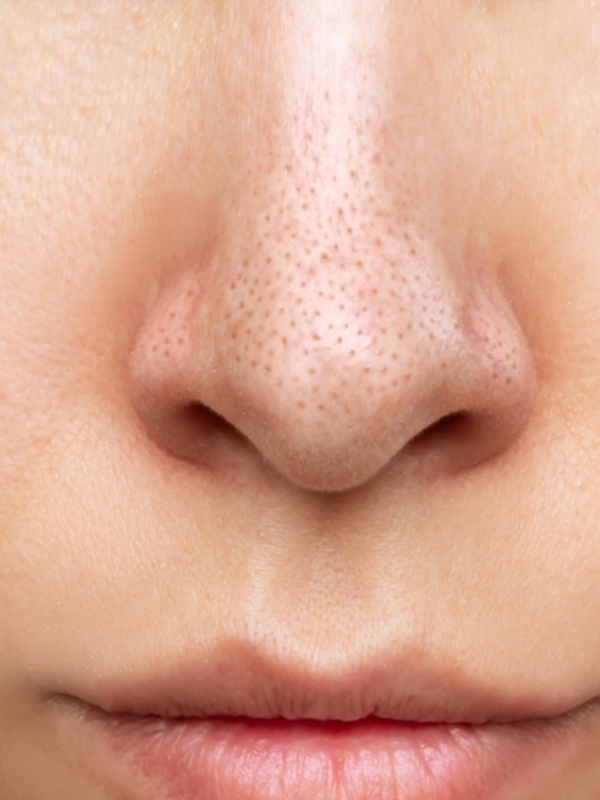For clients who’ve never experienced a facial before, the idea of an hour of relaxation followed by glowing skin is usually what comes to mind. And while this is true for many, some clients may notice unexpected breakouts in the days that follow—something known as skin purging.
Skin purging is completely normal. It doesn’t happen to everyone, and it won’t occur after every treatment, but it is a common response when introducing active ingredients or when clients are new to regular facial treatments. Because you’re investing your time, trust, and money into your skin, we believe in being transparent about what to expect and why it happens.
What is skin purging?
Skin purging is a temporary reaction that occurs when cell turnover speeds up. When active ingredients or certain treatments encourage the skin to renew more quickly, underlying blockages can rise to the surface all at once. This may look like:
- Breakouts
- Small bumps
- Congestion
- Mild peeling
- Slight inflammation
Although it may feel like a setback, it often indicates that the skin is responding exactly as it should.
What causes skin purging?
Every client’s skin is unique, so the causes can vary, but purging is commonly linked to active ingredients that stimulate renewal. These may include:
- Vitamin A/retinoids (retinol, tretinoin, retinoic acid)
- AHAs (glycolic acid, lactic acid)
- BHAs (salicylic acid)
- Vitamin C
Advanced treatments such as microneedling, laser, and chemical peels can also trigger purging, as they encourage cellular activity beneath the surface.
These ingredients and treatments are highly effective for targeting concerns like ageing, pigmentation, scarring, texture, and acne. Because they work deeply, a purge can occasionally occur as part of the process.
Purging vs. Breaking Out: How to tell the difference?
A key difference between purging and a standard breakout is timing.
A typical purge lasts 1–3 weeks.
Breakouts that continue beyond this timeframe usually indicate:
- The product isn’t right for your skin
- Your skin barrier is compromised
- Another underlying issue is present
Another helpful guideline:
Purging usually occurs in areas where you already tend to break out.
If new problem areas appear, that may point to irritation rather than purging.
Can skin purging be avoided?
Purging can’t always be prevented, especially when existing blockages are sitting under the skin’s surface. However, it can be minimised with proper preparation and a tailored approach.
Here’s how we help reduce the risk of purging:
- Introducing active ingredients gradually (We advise adding only one active ingredient at a time so your skin can adapt without becoming overwhelmed.)
- Preparing the skin before advanced treatments (For more intensive procedures, we may recommend slowly incorporating specific actives at home beforehand—just a few times per week at first.)
- Skin cycling to balance activity and recovery (Alternating active nights with recovery nights helps support the skin barrier and prevents irritation.)
At Skinportant Clinic, we always begin with a full consultation and detailed skin analysis before performing any advanced treatment, such as microneedling. This allows us to assess your skin’s current health, barrier strength, hydration levels, and overall readiness.
If we feel that your skin isn’t ready for something more intensive, we will always adjust your appointment and recommend a facial that is more suitable for your skin at that time. Our goal is to protect your skin while ensuring you receive the most effective treatment for your needs.
Setting clear expectations
For clients who’ve never experienced purging before, waking up to a few breakouts after a facial can feel discouraging. This is where our role as skincare professionals becomes important.
We educate clients that purging is not necessarily a negative response—it can actually be a sign that the treatment or product is encouraging renewal, clearing deeper congestion, and bringing fresh skin to the surface. It’s often a temporary phase on the way to brighter, smoother, healthier-looking skin
Aftercare: Supporting your skin through a purge
If you do experience purging after a treatment, here are our top recommendations:
- Avoid adding more active ingredients (Overloading the skin can compromise the barrier and make the purge last longer.)
- Stay consistent with your routine (If you're intentionally using an active ingredient that may cause purging, continue using it as directed—but always balance it with hydrating and barrier-supportive products.)
- Use a gentle, hydrating cleanser (A mild cleanser and lukewarm water prevent further irritation.)
- Keep skin well-hydrated (Purging can cause dryness, so hydration is essential to keep the skin comfortable.)
- Wear SPF daily
Final thoughts
Skin purging may be an unexpected part of your skincare journey, but it’s usually temporary and often very normal. At Skinportant Clinic, our aim is to guide, educate, and support you through every stage—from consultation to aftercare—so you always feel confident and informed.
If you’re unsure whether your skin is purging or reacting, or if something simply doesn’t feel right, please reach out. We’re here to help your skin thrive.




